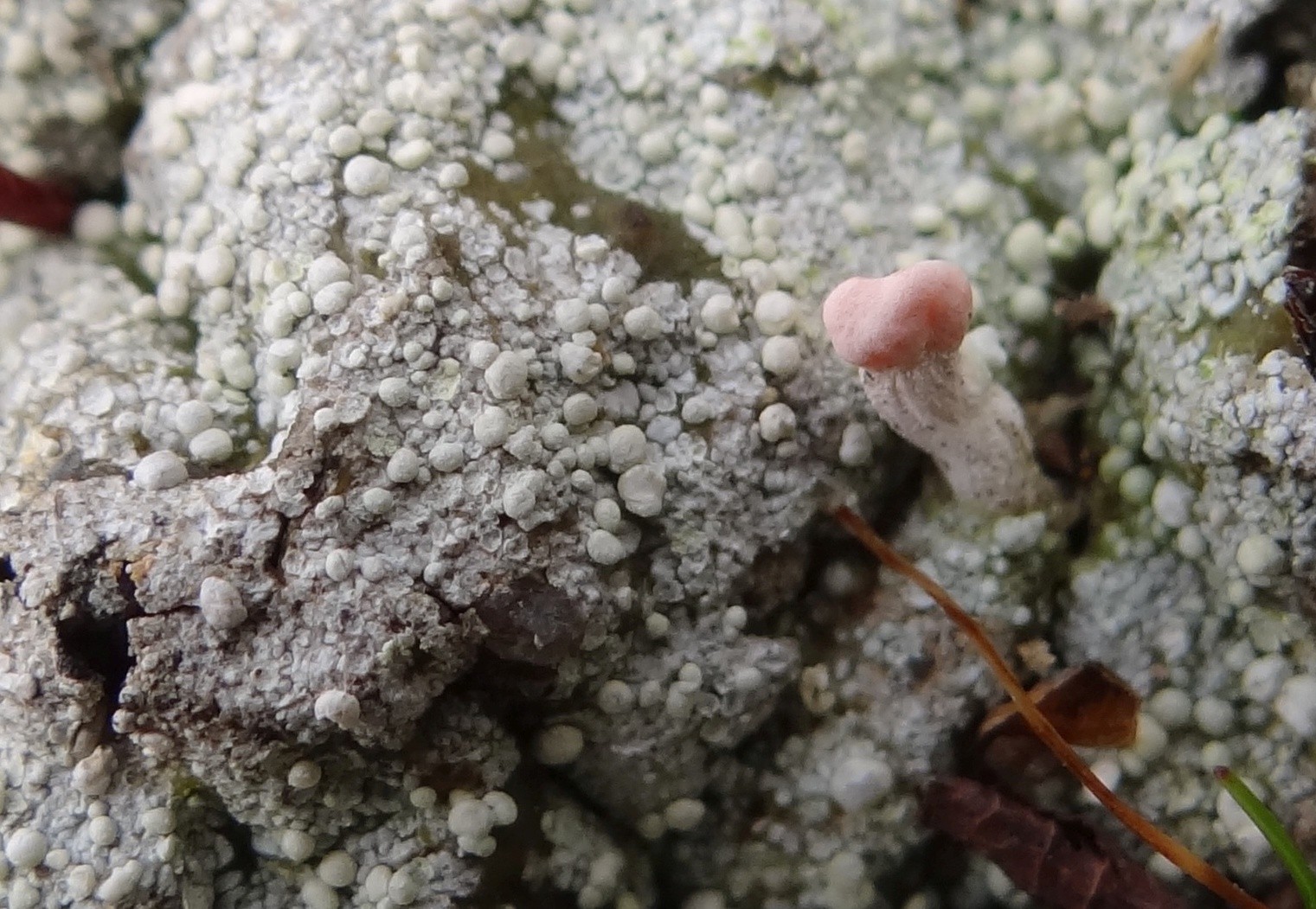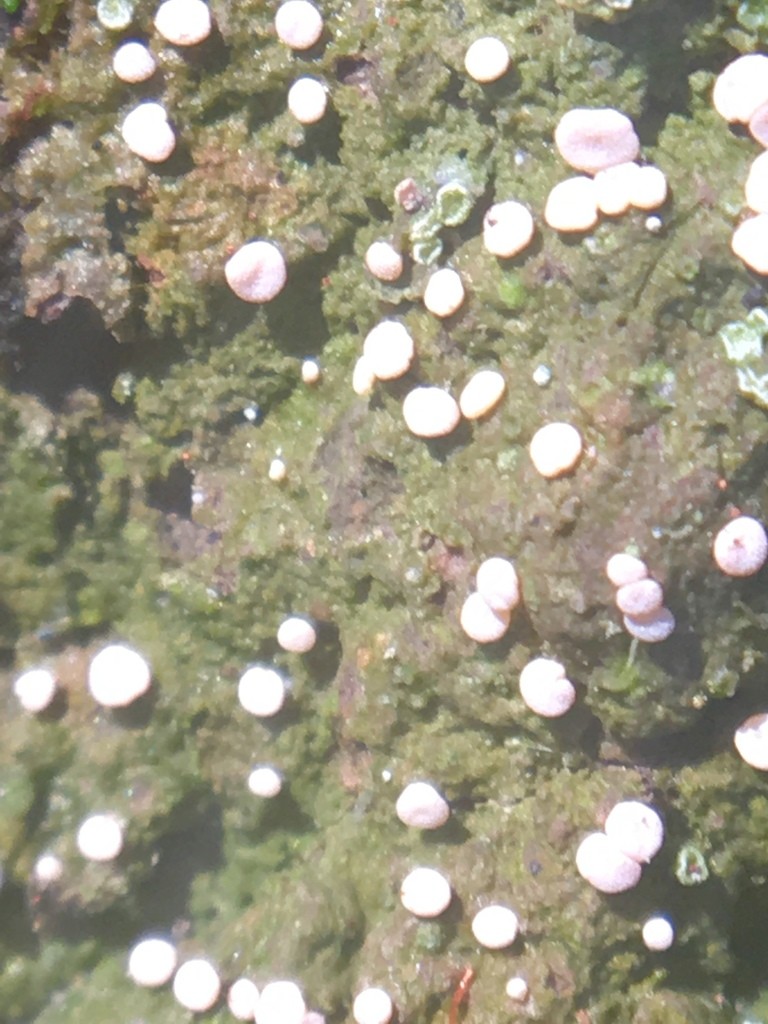Icmadophilaceae
Nom scientifique: Icmadophilaceae
Icmadophilaceae
Nom scientifique: Icmadophilaceae
 Photo By Jerzy Opioła , used under CC-BY-SA-4.0 /Cropped and compressed from original
Photo By Jerzy Opioła , used under CC-BY-SA-4.0 /Cropped and compressed from original La description
Son espèce la plus célèbre est Dibaeis baeomyces. D. baeomyces est caractérisé par des apothécies roses bulbées, de 0,04 à 0,2 pouce de diamètre, au sommet de tiges ne dépassant pas 0,2 pouce. Le thalle peut être gris ou blanc, et peut avoir une teinte rosée.
